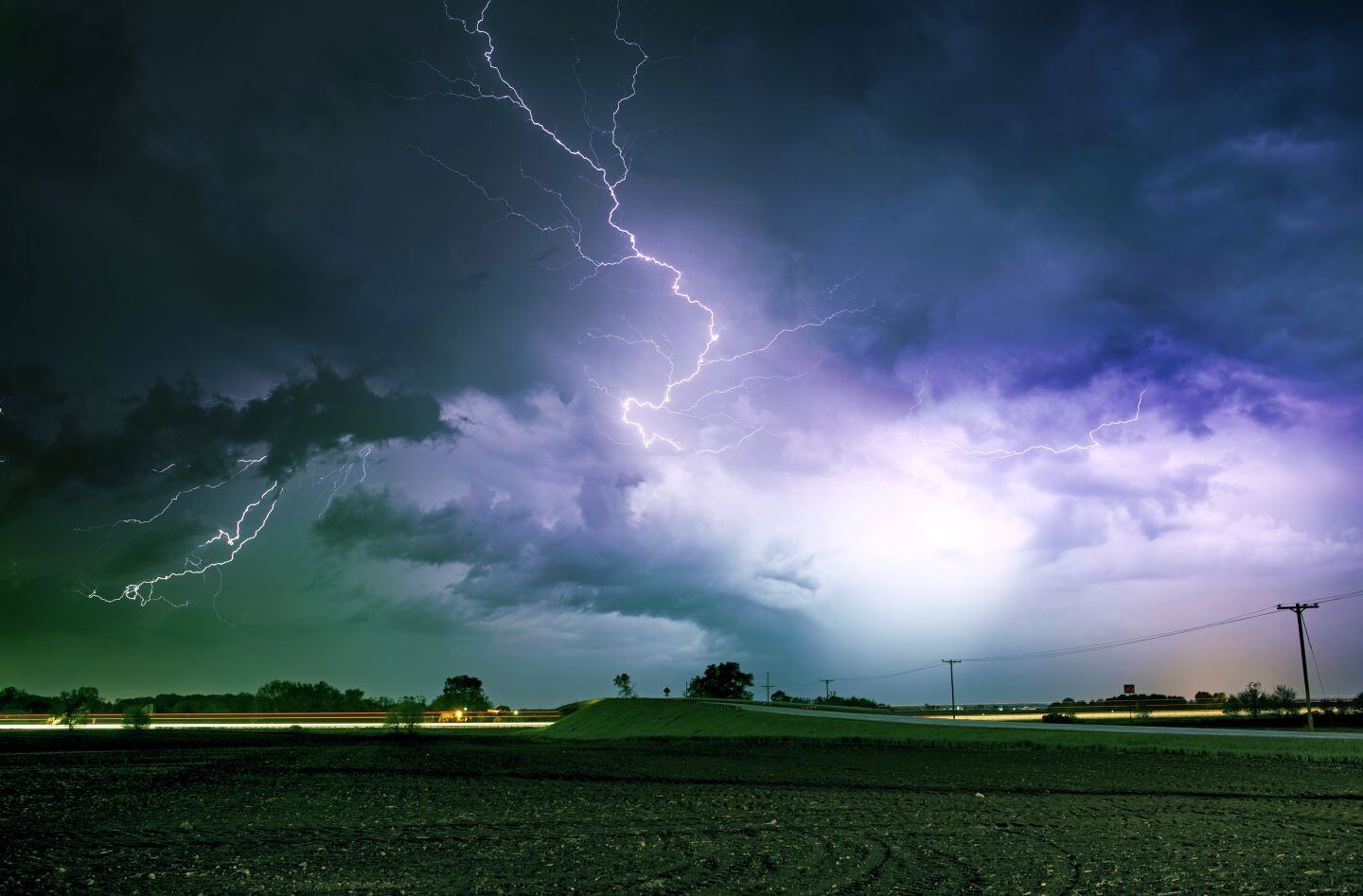Extreme Weather Safety
The severe weather season is upon us. Hurricanes, tornadoes, and severe thunderstorms, and wildfires all require proper consideration to ensure you stay safe. Being prepared is key to avoiding extreme weather hazards.
Hurricane season runs from June through to November. A hurricane watch means that a hurricane may threaten an area within 24 hours. Warnings mean a hurricane is expected to strike within 24 hours. Hurricanes have dramatic effects on coastal areas, but they can also impact weather systems well inland.
When a tornado hits
Tornadoes are more frequent during the spring and summer months, but they can occur at any time throughout North America; especially during a thunderstorm. Tornado watches and warnings involve a short length of time to take action, so it is important to pay attention to the conditions as well as alerts from Environment Canda. Advisories from the National Weather Service in Canada and the United States can help save your life, and keep you informed.
“A tornado is a violent rotating column of air extending between a thundercloud and the ground and can reach speeds of up to 400 km/h in some cases. Most develop in the late afternoon and early evening.” -Government of Alberta
There are certain safety rules to follow during these types of weather conditions:
- Check needed supplies and equipment regularly.
- When you hear the first storm advisory, stay alert for future messages.
- If your area receives a warning, remain calm, spread the word to your entire crew quickly and secure all outdoor objects, construction materials, lower mobile crane booms, check the security of the job trailer underpinnings, etc.
- You may want to turn off utilities such as natural gas, water and electricity.
- Monitor the storm’s position and be prepared to take cover.
- If indoors, go to the lower level of the building to an interior room. Lie flat and shield your head with your arms.
- Do not go near windows, doors, or exterior walls
- If outdoors, look for a sturdy building and get inside. If you can’t do that, go to the nearest ditch or gully and lie flat.
- Again, cover your head with your arms to protect yourself from flying objects and debris.
When a thunderstorm strikes
Thunderstorms create large amounts of lightning, strong winds, and heavy rains.
- Pay attention to weather conditions and weather warnings.
- Never stand next to power poles, crane booms, or any metal object that can act as a lightning rod.
- Avoid any loose or dangling wires after the storm and report them to the utility company.
- Drive carefully along debris filled streets.
- Water is an excellent conductor of electricity, so if you are near or on water, return to land immediately. Be cautious around creeks and rivers that may be subject to flash flooding during a severe storm.
Preparedness is essential when it comes to safety. Severe weather can pack a punch, sometimes resulting in a knockout. Don’t be caught with your guard down to ensure the safety of yourself, and those you are working with.

